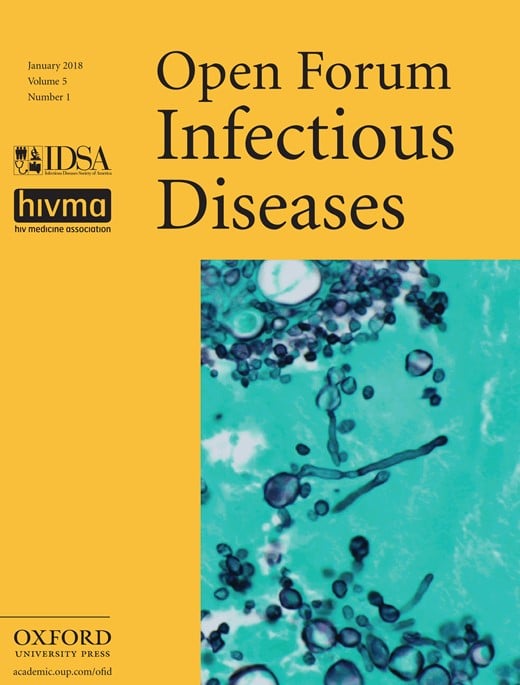
2405. In vitro Synergistic Activity of Sitafloxacin in Combination With Colistin Against Clinical Isolates of Multidrug-Resistant Acinetobacter baumannii in Thailand (2018)
Title : 2405. In vitro Synergistic Activity of Sitafloxacin in Combination With Colistin Against Clinical Isolates of Multidrug-Resistant Acinetobacter baumannii in Thailand
Researcher : Vipavee Rodjun2,Taniya Paiboonvong1,Jantana Houngsaitong1,Preecha Montakantikul2,
1 Department of Pharmacy, Faculty of Pharmacy, Mahidol University, Bangkok, Thailand
2 Faculty of Pharmacy, Siam University, Bangkok, Thailand
ฐานข้อมูลงานวิจัย มหาวิทยาลัยสยาม : –
Link to article: Open Forum Infectious Diseases, Volume 5, Issue suppl_1, November 2018, Pages S718–S719, https://doi.org/10.1093/ofid/ofy210.2058
Journal : Open Forum Infectious Diseases / Scopus
Citation : Rodjun, V., Paiboonvong, T., Houngsaitong, J., & Montakantikul,P. (2018). 2405. In vitro Synergistic Activity of Sitafloxacin in Combination With Colistin Against Clinical Isolates of Multidrug-Resistant Acinetobacter baumannii in Thailand. Open Forum Infectious Diseases, 5(Suppl 1), S718–S719. https://doi.org/10.1093/ofid/ofy210.2058
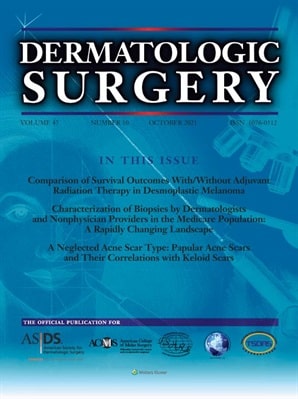
A Cadaveric Study of Dye Spreading: Determining the Ideal Injection Pattern for Masseter Hypertrophy (2021)
Title : A Cadaveric Study of Dye Spreading: Determining the Ideal Injection Pattern for Masseter Hypertrophy
Researcher : Sermswan, P., Tansatit, T., Meevassana, J., Panchaprateep, R.
Abstract : BACKGROUND: Masseter hypertrophy is the main cause of an asymmetrical and squared lower facial contour in the Asian community. Botulinum toxin injection technique is crucial to treat this condition.
OBJECTIVE: To improve injection techniques for masseter hypertrophy by elucidating the distribution of the injections within the masseter.
METHODS: Thirty masseter muscles were divided into 6 groups of 5 muscles each. Each group received one 0.2- or 0.3-mL injection at Point A, B, or C according to a three-point technique. Muscle dimensions and dye of the primary and secondary dye spreading were measured.
RESULTS: The average muscle length, width, and thickness were 69.87, 33.50, and 11.23 mm, respectively. The average primary longitudinal and horizontal spreading was 36.56 and 15.60 mm, respectively. No statistically significant difference was found between 0.2- and 0.3-mL injections at each point.
CONCLUSION: The three-point technique best fits in the safe zone and should be the standard injection technique for masseter hypertrophy. Injection at Points B and C may create secondary spreading that affect the risorius muscle and the parotid gland which are the cause of asymmetrical smiling and xerostomia, respectively. The dosage should be adjusted according to the muscle volume and not only the thickness.
Link to Academic article: DOI: 10.1097/DSS.0000000000003171
Journal : Dermatologic Surgery, 2021, 47(10).
Bibliography : Sermswan, P., Tansatit, T., Meevassana, J., & Panchaprateep, R. (2021). A Cadaveric Study of Dye Spreading: Determining the Ideal Injection Pattern for Masseter Hypertrophy. Dermatologic Surgery, 47(10), 1354–1358. DOI: 10.1097/DSS.0000000000003171
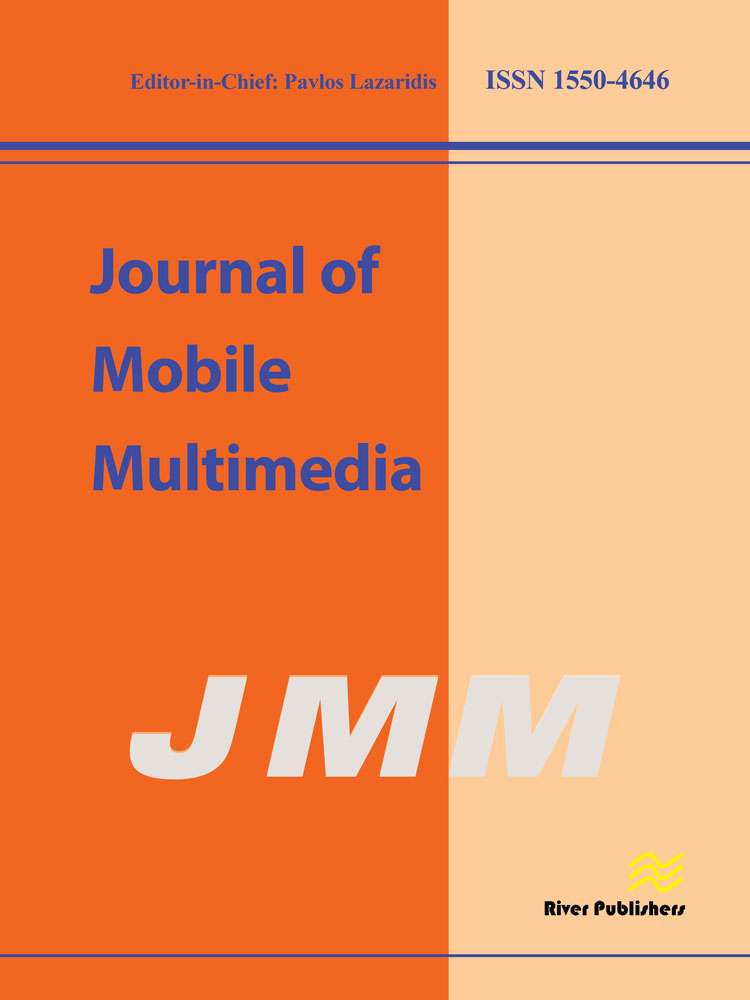
A Dimensional Consistency Aware Time Domain Analysis of the Generic Fractional Order Biquadratic System (2022)
Title : A Dimensional Consistency Aware Time Domain Analysis of the Generic Fractional Order Biquadratic System
Researcher : Banchuin, R. and Roungsan Chaisricharoen
Department : Faculty of Engineering & Graduated School of IT, Siam University, Bangkok, Thailand
Email : rawid.ban@siam.edu
Abstract : In this research, the time domain analysis of the fractional order biquadratic system with nonzero input and nonzero damping ratio has been performed. Unlike the previous works, the analysis has been generically done with dimensional consistency awareness without referring to any specific physical system where nonzero input and nonzero damping ratio have been allowed. The fractional differential equation of the system has been derived and analytically solved. The physical measurability of the dimensions of the fractional derivative terms which have been defined in Caputo sense, and response with significantly different dynamic from its dimensional consistency ignored counterpart have been obtained due to our dimensional consistency awareness. The resulting solution is applicable to the fractional biquadratic systems of any kind with any physical nature. Based on such solution and numerical simulations, the influence of the fractional order parameter to all major time domain parameters have been studied in detailed. The obtain results provide insight to the fractional order biquadratic system with dimensional consistency awareness in a generic point of view.
Keywords: fractional order biquadratic system, fractional differential equation, fractional time component parameter, dimensional consistency, time domain analysis
Link to article : Journal of Mobile Multimedia, 2022, Vol. 18 No.3, pp. 789–806. https://doi.org/10.13052/jmm1550-4646.18316
Journal : Journal of Mobile Multimedia / in Scopus
Citation : Banchuin, R., & Chaisricharoen R. (2022). A dimensional consistency aware time domain analysis of the generic fractional order biquadratic system. Journal of Mobile Multimedia, 18(3), 789–806. https://doi.org/10.13052/jmm1550-4646.18316
ฐานข้อมูลงานวิจัย มหาวิทยาลัยสยาม : https://e-research.siam.edu/kb/a-dimensional-consistency/
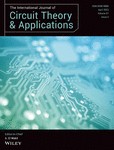
A novel generalized fractional-order memristor model with fully explicit memory description (2023)
Title : A novel generalized fractional-order memristor model with fully explicit memory description
Researcher : Banchuin, R.
Department : Faculty of Engineering, Siam University, Bangkok, Thailand
Email : rawid.ban@siam.edu
Abstract : In this work, a novel generalized mathematical model of fractional-order memristor with fully explicit memory description has been proposed. For obtaining such full explicit memory description, the Atangana-Baleanu fractional derivative in Liouville-Caputo sense, which employs a nonsingular kernel, has been adopted as the mathematical basis. The proposed model has been derived without regarding to any specific conventional memristor. A comparison with the singular kernel fractional derivative-based model has been made. The behavioral analysis of the fractional-order memristor based on the proposed model has been performed, where both DC and AC stimuli have been considered. In addition, its application to the practical fractional-order memristor-based circuit and its extension to the fractional-order memreactance have also been shown. Unlike the singular kernel fractional derivative-based model, a fully explicit memory description can be obtained by ours. Many other interesting results that are contradict to the previous singular kernel fractional derivative-based ones, e.g., the fractional-order memristor that can be locally active, have been demonstrated. The abovementioned extension can be conveniently performed. In summary, this is the first time that a nonsingular kernel fractional derivative has been applied to the fractional-order memristor modeling and the resulting model with a fully explicit memory description has been proposed. The proposed model is also highly generic, applicable to the practical circuit, and extendable to the fractional-order memreactance.
Link to article : International Journal of Circuit Theory and Applications, 2023, 51(4), pp. 1935–1957. https://doi.org/10.1002/cta.3410
Journal : International Journal of Circuit Theory and Applications / in Scopus
Bibliography : Banchuin, R. (2023). A novel generalized fractional-order memristor model with fully explicit memory description. International Journal of Circuit Theory and Applications, 51(4), 1935–1957. https://doi.org/10.1002/cta.3410
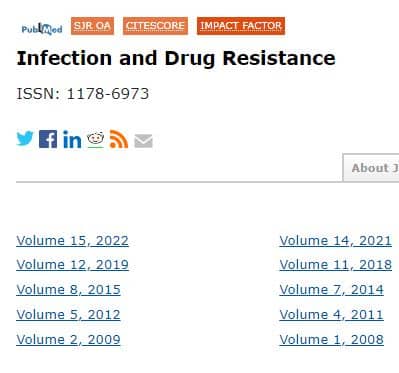
A Pilot Study of 0.4% Povidone-Iodine Nasal Spray to Eradicate SARS-CoV-2 in the Nasopharynx (2022)
Title : A Pilot Study of 0.4% Povidone-Iodine Nasal Spray to Eradicate SARS-CoV-2 in the Nasopharynx
Researcher : Sirijatuphat, R.,1 Leelarasamee, A.,1,2 Puangpet, T.,3 Thitithanyanont, A.4
Department : 1Department of Medicine, Faculty of Medicine Siriraj Hospital, Mahidol University, Bangkok, Thailand; 2Faculty of Medicine, Siam University, Bangkok, Thailand; 3Samut Sakhon Hospital, Samut Sakhon, Thailand; 4Department of Microbiology, Faculty of Science, Mahidol University, Bangkok, Thailand
Abstract : Purpose: This study aimed to evaluate the virucidal efficacy of 0.4% povidone-iodine (PVP-I) nasal spray against SARS-CoV-2 in the patients’ nasopharynx at 3 minutes and 4 hours after PVP-I exposure.
Patients and Methods: The study was an open-label, before and after design, single-arm pilot study of adult patients with RT-PCR-confirmed COVID-19 within 24 hours. All patients received three puffs of 0.4% PVP-I nasal spray in each nostril. Nasopharyngeal (NP) swabs were collected before the PVP-I spray (baseline, left NP samples), and at 3 minutes (left and right NP samples) and 4 hours post-PVP-I spray (right NP samples). All swabs were coded to blind assessors and transported to diagnostic laboratory and tested by RT-PCR and cultured to measure the viable SARS-CoV-2 within 24 hours after collection.
Results: Fourteen patients were enrolled but viable SARS-CoV-2 was cultured from 12 patients (85.7%). The median viral titer at baseline was 3.5 log TCID50/mL (IQR 2.8– 4.0 log TCID50/mL). At 3 minutes post-PVP-I spray via the left nostril, viral titers were reduced in 8 patients (66.7%). At 3 minutes post-PVP-I, the median viral titer was 3.4 log TCID50/mL (IQR 1.8– 4.4 log TCID50/mL) (P=0.162). At 4 hours post-PVP-I spray via the right nostril, 6 of 11 patients (54.5%) had either the same or minimal change in viral titers. The median viral titer 3 minutes post-PVP-I spray was 2.7 log TCID50/mL (IQR 2.0– 3.9 log TCID50/mL). Four hours post-PVP-I spray the median titer was 2.8 log TCID50/mL (IQR 2.2– 3.9 log TCID50/mL) (P=0.704). No adverse effects of 0.4% PVP-I nasal spray were detected.
Conclusion: The 0.4% PVP-I nasal spray demonstrated minimal virucidal efficacy at 3 minutes post-exposure. At 4 hours post-exposure, the viral titer was considerably unchanged from baseline in 10 cases. The 0.4% PVP-I nasal spray showed poor virucidal activity and is unlikely to reduce transmission of SARS-CoV-2 in prophylaxis use.
Keywords: povidone iodine, COVID-19, SARS-CoV-2, viral eradication, viral culture, nasopharyngeal swab
Link to Academic article: DOI https://doi.org/10.2147/IDR.S391630
Journal : Infection and Drug Resistance, 2022, 15.
Bibliography : Sirijatuphat, R., Leelarasamee, A., Puangpet, T., & Thitithanyanont, A. (2022). A Pilot Study of 0.4% Povidone-Iodine Nasal Spray to Eradicate SARS-CoV-2 in the Nasopharynx. Infection and Drug Resistance, 15, 7529–7536.
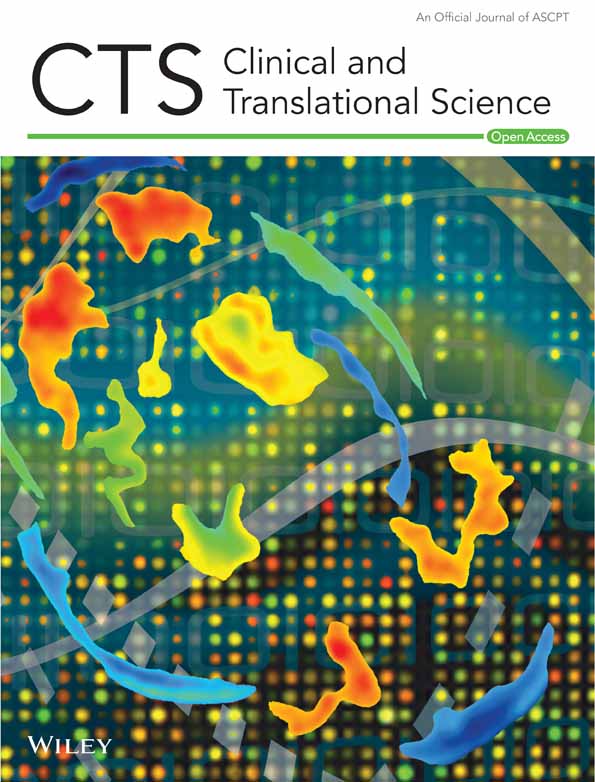
A randomized, controlled trial of prulifloxacin as conversion therapy after intravenous carbapenem in the treatment of acute pyelonephritis caused by third generation cephalosporin resistant pathogens: A pilot study (2023)
Title : A randomized, controlled trial of prulifloxacin as conversion therapy after intravenous carbapenem in the treatment of acute pyelonephritis caused by third generation cephalosporin resistant pathogens: A pilot study
Researcher : Apichot So-Ngern,Supunnee Jirajariyavej, Huttaya Thuncharoon, Nuttha Khunthupat, Teerachai Chantarojanasiri and Preecha Montakantikul
Link to article: Clinical and Translational Science, Volume 16, Issue 12, December 2023, Pages 2709-2718. https://doi.org/10.1111/cts.13665
Journal : Clinical and Translational Science / in Scopus
Citation : So-Ngern A, Jirajariyavej S, Thuncharoon H, Khunthupat N, Chantarojanasiri T and Montakantikul P. (2023). A randomized, controlled trial of prulifloxacin as conversion therapy after intravenous carbapenem in the treatment of acute pyelonephritis caused by third generation cephalosporin resistant pathogens: A pilot study. Clinical and Translational Science, 16(12), 2709-2718. https://doi.org/10.1111/cts.13665
ฐานข้อมูลงานวิจัย มหาวิทยาลัยสยาม : https://e-research.siam.edu/kb/a-randomized-controlled-trial-of-prulifloxacin/
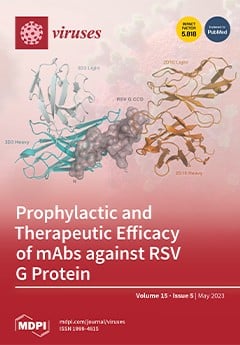
A Serosurvey of Japanese Encephalitis Virus in Monkeys and Humans Living in Proximity in Thailand (2023)
Title : A Serosurvey of Japanese Encephalitis Virus in Monkeys and Humans Living in Proximity in Thailand
Researcher : Divya Lakhotia, Yin May Tun, Nanthanida Mongkol, Oranit Likhit, Sarocha Suthisawat, Suthee Mangmee, Daraka Tongthainan, Wirasak Fungfuang, Phitsanu Tulayakul and Kobporn Boonnak
Abstract : Japanese encephalitis virus (JEV) is a member of the Flaviviridae family and one of Asia’s most common causes of encephalitis. JEV is a zoonotic virus that is transmitted to humans through the bite of infected mosquitoes of the Culex species. While humans are dead-end hosts for the virus, domestic animals such as pigs and birds are amplification hosts. Although JEV naturally infected monkeys have been reported in Asia, the role of non-human primates (NHPs) in the JEV transmission cycle has not been intensively investigated. In this study, we demonstrated neutralizing antibodies against JEV in NHPs (Macaca fascicularis) and humans living in proximity in two provinces located in western and eastern Thailand by using Plaque Reduction Neutralization Test (PRNT). We found a 14.7% and 5.6% seropositive rate in monkeys and 43.7% and 45.2% seropositive rate in humans living in west and east Thailand, respectively. This study observed a higher seropositivity rate in the older age group in humans. The presence of JEV neutralizing antibodies in NHPs that live in proximity to humans shows the occurrence of natural JEV infection, suggesting the endemic transmission of this virus in NHPs. According to the One Health concept, regular serological studies should be conducted especially at the animal–human interface.
Link to article : Viruses 2023, 15(5), 1125. https://doi.org/10.3390/v15051125
Journal : Viruses / in Scopus
Citation : Lakhotia, D., Tun, Y. M., Mongkol, N., Likhit, O., Suthisawat, S., Mangmee, S., Tongthainan, D., Fungfuang, W., Tulayakul, P., & Boonnak, K. (2023). A Serosurvey of Japanese Encephalitis Virus in Monkeys and Humans Living in Proximity in Thailand. Viruses, 15(5), 1125. https://doi.org/10.3390/v15051125
ฐานข้อมูลงานวิจัย มหาวิทยาลัยสยาม : –
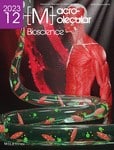
A Shear-Thinning, Self-Healing, Dual-Cross Linked Hydrogel Based on Gelatin/Vanillin/Fe3+/AGP-AgNPs: Synthesis, Antibacterial, and Wound-Healing Assessment (2023)
Title : A Shear-Thinning, Self-Healing, Dual-Cross Linked Hydrogel Based on Gelatin/Vanillin/Fe3+/AGP-AgNPs: Synthesis, Antibacterial, and Wound-Healing Assessment
Researcher : Chanon Talodthaisong, Rina Patramanon, Saengrawee Thammawithan, Sarawut Lapmanee, Lamai Maikaeo, Phitchan Sricharoen, Mattaka Khongkow, Katawut Namdee, Angkana Jantimaporn, Navaphun Kayunkid, James A. Hutchison, Sirinan Kulchat
Department : Faculty of Medicine, Siam University, Bangkok, Thailand
E-mail : sarawut.lap@siam.ed
Link to article : Macromolecular Bioscience, 2023, 23(12), 2300250. https://doi.org/10.1002/mabi.202300250
Citation : Talodthaisong, C., Patramanon, R., Thammawithan, S., Lapmanee, S., Maikaeo, L., Sricharoen, P., Khongkow, M., Namdee, K., Jantimaporn, A., Kayunkid, N., Hutchison, J. A., & Kulchat, S. (2023). A Shear-Thinning, Self-Healing, Dual-Cross Linked Hydrogel Based on Gelatin/Vanillin/Fe3+/AGP-AgNPs: Synthesis, Antibacterial, and Wound-Healing Assessment. Macromolecular Bioscience, 23(12), 2300250. https://doi.org/10.1002/mabi.202300250
Journal : Macromolecular Bioscience / in Scopus
ฐานข้อมูลงานวิจัย มหาวิทยาลัยสยาม : –
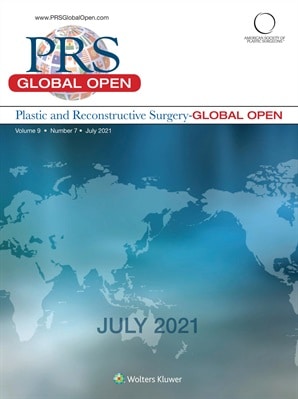
Achieving the Most Effective Hanging Points at the Lower End of the Face for Thread Lifting: Quantitative Measurement of Tissue Resistance in Different Facial Layers (2021)
Title : Achieving the Most Effective Hanging Points at the Lower End of the Face for Thread Lifting: Quantitative Measurement of Tissue Resistance in Different Facial Layers
Researcher : Rungsawang, C., Tansatit, T., Fasunloye, L.K., Uruwan, S.
Abstract : The thread lift procedure is a minimally invasive alternative to facelift surgery. The hanging point, which the terminal end of the thread is hooked into, is an important component. If it is loose and cannot stabilize the passage when the inserted thread is pulled, the lifting effect will fail. Therefore, the aim of this study was to elucidate the ability of the tissue to support the thread attachment in the different facial layers while performing this procedure. Twenty hemi-faces of 10 soft cadavers, which were divided into 45 blocks, were used to measure the tissue resistance in the midface area. The resistance of the soft tissue in the four facial layers in each block was measured while a 22G cannula connected with a force gauge was passed through it. The results showed that the tissue resistance in the sub-SMAS was higher than the SMAS and subcutaneous layers in the blocks located in the nasolabial and perioral regions. This was also significantly greater than the resistance in the subcutaneous layer in the three medial blocks below the oral commissure (P < 0.05). However, the low resistance of the sub-SMAS was found in the blocks located in the buccal and lower parotidomasseteric regions. Thus, it was preferable that the hanging point was based in the deep plane (sub-SMAS and SMAS layers) of the nasolabial, perioral, and upper parotidomasseteric regions. Moreover, the sub-SMAS layer within the buccal and lower parotidomasseteric regions should be avoided due to the loose attachment in the buccal capsule and subplatysmal fat.
Link to Academic article: DOI: 10.1097/GOX.0000000000003701
Journal : Plastic and Reconstructive Surgery – Global Open, 2021, 9(7).
Bibliography : Rungsawang, C., Tansatit, T., Fasunloye, L. K., & Uruwan, S. (2021). Achieving the Most Effective Hanging Points at the Lower End of the Face for Thread Lifting: Quantitative Measurement of Tissue Resistance in Different Facial Layers. Plastic and Reconstructive Surgery – Global Open, 9(7), e3701. DOI: 10.1097/GOX.0000000000003701

Advances in Natural Product Extraction Techniques, Electrospun Fiber Fabrication, and the Integration of Experimental Design: A Comprehensive Review (2023)
Title : Advances in Natural Product Extraction Techniques, Electrospun Fiber Fabrication, and the Integration of Experimental Design: A Comprehensive Review
Researcher : Juthaporn Ponphaiboon, Wantanwa Krongrawa, Wah Wah Aung, Nawinda Chinatangkul,Sontaya Limmatvapirat and Chutima Limmatvapirat
Link to article : Molecules, Volume 28, Issue 13, 5163. https://doi.org/10.3390/molecules28135163
Citation : Ponphaiboon J., Krongrawa W., Aung W.W., Chinatangkul N., Limmatvapirat S., & Limmatvapirat C. (2023). Advances in natural product extraction techniques, electrospun fiber fabrication, and the integration of experimental design: A comprehensive review. Molecules, 28(13), 5163. https://doi.org/10.3390/molecules28135163
Journal : Molecules / in Scopus
ฐานข้อมูลงานวิจัย มหาวิทยาลัยสยาม : https://e-research.siam.edu/kb/advances-in-natural-product/